Victorian Taxidermy and Disgusting Developments.
The Echalaz Bird Collection and its disposal.
We are always very interested in Purchasing Victorian Taxidermy, please respond via this on-line form of what you have for sale. HERE
The Echalaz Bird Collection
Lieut. Colonel Charles Theodore Echalaz and it's proposed disposal. This is from public information in the public domain.
This page focuses on the recent disposal of the remaining cases from the Echalaz Bird Collection originally housed at The Waterloo Museum in Liverpool. It is a compilation of the publicly available information about the objections to the disposal and the resultant outcome. It was decided to place a page on this so that people can see who was involved and the outcome. The decision is still pending so to speak. Yes, yes I know the right click on the site is diactivated, but given images are still being stolen, then people can clearly work around that. There is a lot more correspondence on this subject between interested parties by this information is confidential and pertinent to the outcome and therefore it would be inappropriate to publish it.
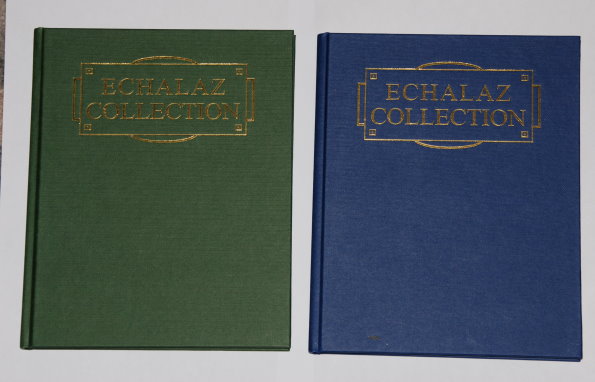 Echalaz book written by Mr Adrian Sailor. It is understood that there are a few remaining books for sale, which are now a collectors item in their own right.
Echalaz book written by Mr Adrian Sailor. It is understood that there are a few remaining books for sale, which are now a collectors item in their own right.
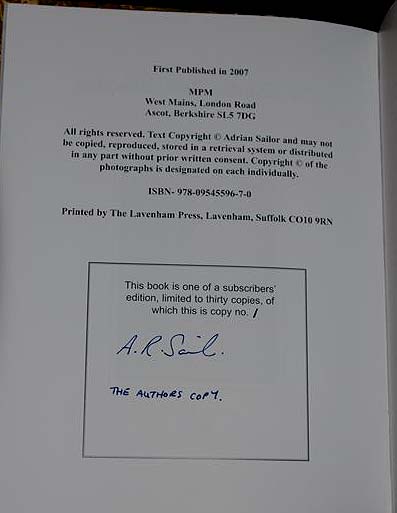 Echalaz book written by Mr Adrian Sailor. First copy of the first edition.
Echalaz book written by Mr Adrian Sailor. First copy of the first edition.
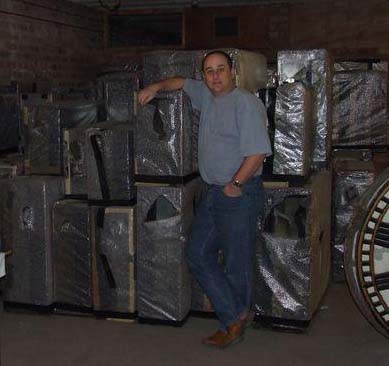 Mr Adrian Sailor
Mr Adrian Sailor
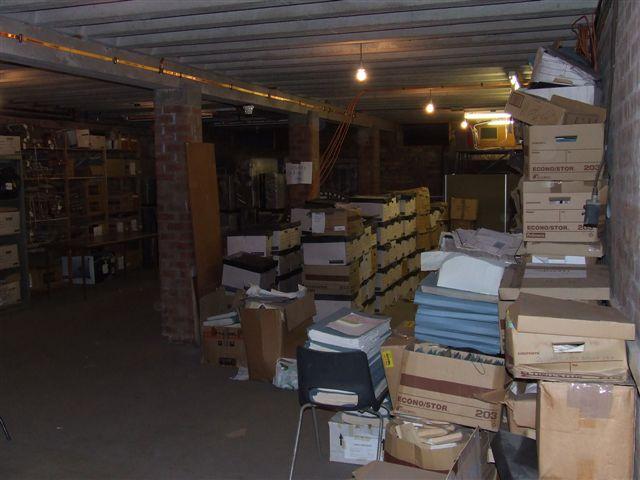 This is where the cases currently reside, in a basement at the back of a store room. They as you can see from the image are located over on the left in bubble wrap. Mr Sailors research enabled these cases to be located and photogrpahed to create this updated book, as to the current condition of the remains of this collection.
This is where the cases currently reside, in a basement at the back of a store room. They as you can see from the image are located over on the left in bubble wrap. Mr Sailors research enabled these cases to be located and photogrpahed to create this updated book, as to the current condition of the remains of this collection.
The original handbook for the Waterloo Museum was written in 1907 by Lieut. Colonel Charles Theodore Echalaz himself and printed by Roffey & Clark, 12 High Street, Croydon. Having 325 pages and 24 photographs/prints of the cases it is an excellent reference to the birds themselves.
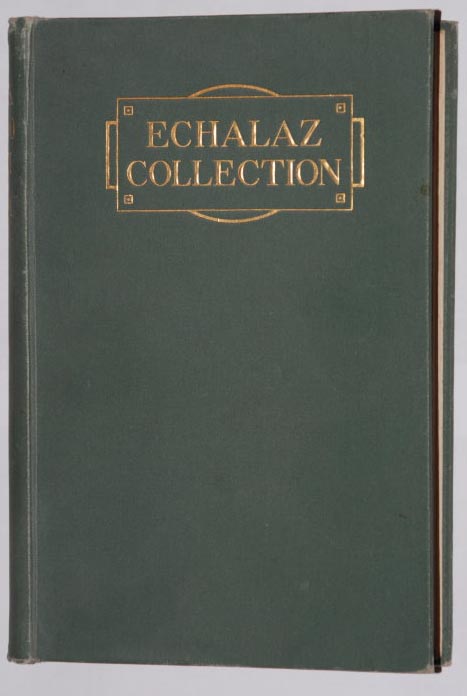 Echalaz book originally written in 1907.
Echalaz book originally written in 1907.
Controversial Developments with Public Property.
From our research and maintaining a price comparison data-base since 2003, we estimate that both the collections have an approximate open market value of £100-150,000. This collection was simply given away to the private sector, despite job cuts by Local Authorities, including Sefton Council, the entity that gave the collection away.
Following on from the disposal of the Echalaz collection there is now an official enquiry by the Arts Council and a review is ongoing. There is also and additional investigation by the Ethics Committee of the Museums Assocaition to look into whether the disposal of the collections was undertaken in the appropriate fashion. The Arts Council decision is pending and the Museums Association reports back in September 2012 when it has completed it's investigation into why the rules and regulations were not followed. This followed objections from several musuems.
Newspaper Article dated 19th June 2012
Review called after taxidermy collections leave Sefton
June 19 2012 by Joe Thomas, Midweek Visiter
THE controversial disposal of two much-loved taxidermy collections has put Sefton Council’s culture accreditation at risk. The authority has agreed to hand over two collections of stuffed birds to the X.X.X.X. But concerns Arts Council ethics regulations were breached in the handover have led to an official review.
The most controversial collection set to be lost is the Pennington, formerly displayed in the Botanic Gardens Museum. The historic items were permanently transferred to the X.X.X.X, based in Essex, on the advice of council officers. This was despite significant interest from National Museums Liverpool, who wanted to take on part of the collection and keep it in Merseyside.
When discussions first took place last year, the National Museums Liverpool were not consulted – only finding out about the disposal through an article in our sister paper, the Crosby Herald.
At the time the X.X.X.X were the likely recipients of the collections, thought to be worth tens of thousands of pounds. A council report that went before then cabinet member for leisure, culture and tourism Mike Booth last month, stated the reasons for the disposal. It read: “The taxidermy collections are in desperate need of conservation, appropriate storage and display.
“The council has no specialist staff, facilities or budgets to undertake this work and the specimens are in danger of disintegrating.” The X.X.X.X was deemed the most suitable organisation for the collection as it would allow for it to remain intact. But after an outcry from determined collectors – both the Arts Council and the Museums Association have opened up a review.
A spokesman for the Arts Council said: “We are conducting a review to ensure that the collection is housed in an appropriate manner and that they conform to the standard. If our review found that the accreditation standard and disposal guidance had not been met, the matter would be referred to the accreditation panel.” The Museums Association has asked Nick Merriman, Director of the Manchester Museum and the independent convenor of its ethics committee to talk to the parties involved to see if the processes involved in the disposal were of the highest standards and in line with the MA’s code of ethics and disposal toolkit.
The review is to finish on September 13, and if both bodies agree Sefton Council acted inappropriately, the council’s Arts Council accreditation could be withdrawn – though it is understood this is unlikely. A spokesman for Sefton Council said: “We are co-operating fully with both the Museums Association and the Arts Council and believe we have acted legally and ethically in transferring the two collections to the X.X.X.X. We are confident that this process will ultimately endorse our decision. “Our decision means that both collections will be preserved by the Trust so future generations can fully enjoy them rather than being left in storage or sold.
£43m more must be found in Sefton cuts
Jun 19 2012 by Katie Oakes, Midweek Visiter
"SPIRALLING costs in caring for the high percentage of elderly people will further squeeze Sefton council as they struggle to find ways to meet a multi-million pound budget deficit.
The local authority has been told it must make another £43m over the next two years, almost double the original estimate of £25m." And yet public property was still given away!!!!!!!!
Comment from Newspaper article dated 7th October 2011, shortly after the decision to give the collection away. See article below.
http://www.crosbyherald.co.uk/news/crosby-news/2011/09/29/18k-bid-for-taxidermy-collection-turned-down-by-sefton-council-68459-29504688/
"He said: “The whole of the taxidermy world think this is a disgrace. In 40 years of buying and collecting, no-one has ever given anything of any quality or value for nothing because everyone knows it’s worth a lot of money.”
Here is an interesting set of rules required by the Museums Association to be adhered to.
Disposal: this phrase includes the permanent removal of items accessioned into the collection of a museum, with a view to divesting the governing body of ownership, by way of:
transfer to other museums;
sale;
repatriation; or
destruction (because, for example, the item poses health risks).
a) Whether any announcement offering to transfer an item, has received sufficient publicity in advance to allow time for expressions of interest to be made by other museums: at least two months is necessary for this purpose;
3.3.2. The public consultation should last for a minimum period of 12 weeks prior to taking the final decision and should include full details of all the items proposed for transfer / sale, in line with HM Government Code of Practice on Consultation.
3.2.5. One method of consultation is to place an advert on the Museums Association's Find an Object web listing service announcing that a museum is considering sale / transfer of an item. Museums can use this as an opportunity to test their rationale for sale / transfer and to seek further information about the items and their context.
Was this undertaken. NO. The first time Liverpool Museum knew was September 2011 after the decision to "donate" these collections. No other musuem was aware, well not until well intentioned members of the public started asking difficult questions.
Given the above rule, it is interesting to note that at the the time of the original decision to dispose of the collection, no other museum was aware, other than those who assisted the XXXX in gaining the collection, were informed that these collections were available to a wider museum community. Hence perhaps the outcry (public vandalism, digusting, etc etc) and objections from the media, concerned members of the public, museum curators and museum directors, all of who have made direct representations to the MA to seek answers. Most of the natural history curators / Museum directors who have been made aware are appalled by the giving away of public property, without full adherence to the rules laid down by the MA on how museum collections are and should be disposed of.
Selling is always an option (It has been since 2008) as in the case of Northampton Museum Service, who offered their collections to other museums first, and what was left was then offered at public auction, and the remaining funds returned for further investment in Northampton Museums.
The Museums Association
Museums meet their responsibility to future
generations by ensuring that collections
are well managed and sustainable. There
is a strong presumption in favour of the
retention of items within the public domain
Most items are donated, bequeathed or
purchased for museum collections in the
expectation that they will be retained for the
long term and made accessible within the
public domain. It is essential that any
disposals take account of this expectation
and do not damage public confidence in
museums.
Museums act as guardians of the long-term public interest in the collections: Code of Ethics at [6.1]: Collections Development Policy at [13.b]. 2. Responsible disposal of items from a collection is part of good collections management, particularly when transfer within the public domain, or another form of disposal, can improve access to, or the use, care or context of, items or collections.
Selling is always an option (It has been since 2008) as in the case of Northampton Museum Service, who offered their collections to other museums first, and what was left was then offered at public auction, and the remaining funds returned for further investment in Northampton Museums.
The Museums Association
Museums meet their responsibility to future
generations by ensuring that collections
are well managed and sustainable. There
is a strong presumption in favour of the
retention of items within the public domain
Museums act as guardians of the long-term public interest in the collections: Code of Ethics at [6.1]: Collections Development Policy at [13.b]. 2. Responsible disposal of items from a collection is part of good collections management, particularly when transfer within the public domain, or another form of disposal, can improve access to, or the use, care or context of, items or collections.
The Museums Association state this about disposals of collections, that include the Echalaz but obviously not limited to that collection:
Unacceptable reasons for
disposal include:
• Primarily financially motivated
• On an ad hoc basis
• Without considering expert advice
• If doing so would adversely affect
the reputation of museums
• If doing so would not be in the
long-term public interest
• If doing so would remove item from
the public domain, unless in
exceptional circumstances
Ethical and legal
context
Ethical context:
The MA code of ethics supports the
responsible disposal of items from museum
collections so long as they meet all legal
requirements. Ethical disposal is
characterised as being undertaken when:
• it is within the framework of a clearly
defined collections policy
• it is on the advice of a range of staff
(not an individual) and is agreed by the
governing body
• it is done with the intention that wherever
possible items remain within the public
domain
• it is unlikely to damage public trust in
museums
• it is likely to increase the public benefit
derived from museum collections.
Consequences of unacceptable
decisions to remove:
Unethical decisions to dispose of an item
may have significant consequences for a
museum. These are likely to include:
• loss or damage of public trust in all
museums
• adverse publicity and long-term negative
perceptions of the museum
• loss of accredited status
• possible expulsion from the MA
(if a member).
These factors are likely to jeopardise a
museum’s ability to secure money from
funding bodies. Unacceptable disposal
of an item may also affect working
relationships with other accredited
museums, who as a result may be
unwilling to loan items or work together
on collaborative projects.
Transfer outside the
public domain
This course of action should normally only
be undertaken after it has been established
that no museum (or other organisation
within the wider public domain) is able to
take the item. It is not recommended as a
first course of action.
Museums Assocations policy on timing for disposal of collections
Allow at least two months for other museums to express an interest.
This is interesting as the first time National Museums Liverpool knew of the intended disposal and who those recipients were going to be was after the first council decision was made (22/8/2012). Liverpool were informed on 5/9/2012 and only then by the media and concerned members of the public, not perhaps by the appropriate channels.
No other museums either before the council decision or after were offered the collections or allowed sufficient time to consider their options.
Sefton Council
At the time of the original decision 22/8/2011 Sefton Council granted permission to dispose of the collections on the understanding that the collections were going to be displayed at Kendal Museum.
http://modgov.sefton.gov.uk/moderngov/mgIssueHistoryHome.aspx?IId=23726
When concerned members of the public asked Kendal Museum directly about this, they were informed that the collections were not going to Kendal Museum for display but were going to a store in Essex.
Both Kendal Museum and Colchester Museum participated in the disposal of the collections before the original decision was made by Sefton Council 22/8/2011. Colchester's role was to view the suitability of a store in Essex to house the collections that were coming from Liverpool. See public document below dated 22/3/2011 section 5.5. Both Museums knew at least 6-8 months before anyone else. Liverpool Museum or any other museum only knew after the decision was made to move the collection from the public sector, essentially giving away public property.
Colchester Museum Minutes
http://www.ipswich.gov.uk/downloads/JMS-10-24_Progress_Report.pdf
At the time of the original decision by Sefton Council to dispose of the Echalaz collection, no other museum who are members of the Museums Association were informed or had the ability to seek to acquire these collections either as a whole and or in part. Liverpool Museum were not notified about these collections until the original decision was made by Sefton Council 22/8/2011. Only then by the media and concerned members of the public, which does seem strange given they are 9 miles from Sefton.
When the media (both regionally and nationally) / concerned members of the public / natural history curators and museum directors were informed, representation was / is being made to the Museums Association about this and this formed the impetus for an official enquiry and investigation by both the Arts Council and the Ethics Committee of the Museums Association.
Terms like public vandalism / horrendous / outrageous / disgusting have been used both in public and in private by museum curators / other societies and members of the public to describe the disposal of the Echalaz collections by Sefton Council.
Debates are underway with other societies to ascertain whether they should also make representation to The Museums Association about disposal of collections from museums and the ethics / morality / and practicality of doing so. One we understand has significant influence in this sector.
Our understanding is that representation has also been made by NatSca to these proceedings also. It appears that opposition to the disposal has gathered a pace and concerns are being shared and sent to the Museums Association about this disposal.
One of the many issues / concerns about this disposal is that whilst it may be legal to disposal of a museum collection like the one Sefton Council had, there are formal procedures and moral hurdles to overcome. The formal procedures are enshrined in the policies set out by the Museums Association make it a requirement to offer the collections to all other museums first (See Northampton Museums disposal methodology).
Also whilst we are in austere economic times, with significant job losses in the public sector, museum staff are losing their posts and redundancies are planned at the Arts Council, is it wise to simply give away what is publicly owned property when it can be sold and those funds returned to ensure further employment and investment back into museums?. It has been legal to sell items from museums since 2008 with no loss of accreditation from the Arts Council by the way.
The Arts Councils investigation is pending and The Museums Associations Ethics Committee reports back in September 2012.
If anyone wishes to make representation either in support or to complaint about this they can contact both the Arts Council and the Museums Association directly. It is however interesting to note that those who have made representation that we are aware of, none have supported disposals of museum collections in this manner. So if you wish to voice your opinion and concerns, as some already have, see above quotes of public vanalism / disgusting then make representation to the following to perhaps affect a change.
Mr Mark Taylor is a director of the Museums Association
Mr Alan Davey is the Chief Executive Officer of the Arts Coucil.
Both can be contact by email and both are aware of current views and developments.
Copyright TAXIDERMY4CASH 2004. Use of any material contained within this webite (pictures / text / figures) for commercial and non purposes is expressly prohibited unless permission is obtained from the copyright holder.
|
ITEMS
WANTED. Please respond via this on-line form HERE
with a description of what you have for sale.
[HOMEPAGE]
Taxidermy Links.
Please double click on the Taxidermy link icon below.
Taxidermy
Links
|
|




